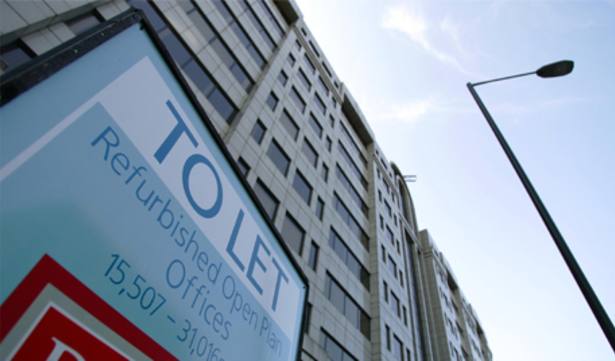
The past five years have been particularly tricky for buy-to-let investors, with a range of tax changes colliding with sluggish price growth, and more recently, the pandemic
Landlords have generally been pessimistic about their future prospects and disinclined to expand their portfolios. The survey from Paragon Banking Group showed that in 2019, three times more landlords were planning to sell than to expand their portfolio.
And then came the pandemic.
Jason Hollands, managing director of business development and communications at wealth management firm Tilney says: “The attractions of buy-to-let have steadily diminished in recent years, as governments have taken progressive steps to make it less appealing from a stamp duty, mortgage relief and capital gains tax perspective. In the current political environment, we may see tenants given greater rights too.
"Those factors haven’t changed as a result of the pandemic, but the property market is seriously weakened. While lower purchase prices and ultra-low interest rates might tempt some to invest in buy-to-let, rising unemployment and financial repression is going to have an impact on occupancy rates and rents.”
Tax changes
Among the tax changes announced in recent years were changes to the tax reliefs available for repairs carried out on a property, and a surcharge for those buying additional homes in the UK to the one they live in.
Cedric Bucher, who runs the TM Home Investor fund, a UK fund that invests in residential property, says the tax changes have had a huge impact on the buy-to-let market.
He says: “House price growth following the Great Financial Crisis has been strong in the UK – among others driven by low interest rates.
"In 2014, 2015 and 2016 house price growth was between 6-8 per cent annually.
"A number of factors then reduced house price growth from 2016 onwards – increases in stamp duty, the much reduced tax relief for buy-to-let landlords and the uncertainty around Brexit. The General Election in December brought some clarity around the direction of Brexit.
"The tax changes started to fundamentally alter the buy-to-let market – in particular for those with significant mortgages. Those with larger property portfolios sold some to repay mortgages on the remaining properties, others set up corporate structures to optimise the tax and income from their portfolios.
"The tax changes are still being phased in and the full impact will only be visible in a couple of years’ time. Overall we believe the structure of the private rented sector in the UK is now shifting from an ‘amateur’ towards an institutional model, very much like what is commonplace in parts of Continental Europe and Northern America."
Pervaze Ahmed, partner and head of the Real Estate practice at law firm Howard Kennedy says the additional 2 per cent surcharge that will be levied on overseas buyers of UK residential properties from April 2021 is likely to to harm demand long-term, but act as a booster for the market until then, as overseas buyers strive to get their purchases made ahead the deadline.






